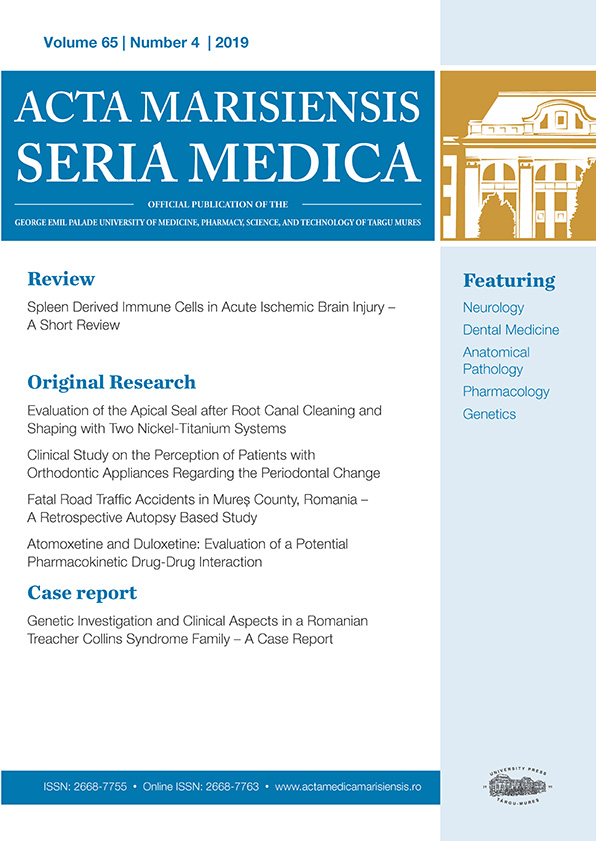How we did it- an easy and feasible experimental rat model of protective role of Lipid Emulsion in induced Local Anesthetic Systemic Toxicity
Abstract
Local Anesthetic Systemic Toxicity (LAST) is the most feared local anesthesia accident. As the cardiac arrest determined by LAST is mostly refractory to known resuscitation protocols, due local anesthetic blockade produced in the cardiac cells, the Lipid Emulsion (L.E) has been proved to be beneficial in resuscitating the cardiac arrest determined by local anesthetic
The aim for this presentation is to ease future studies on this topic, to ensure a starting point for next related research on LAST and LE mechanism of action.
Method
Under genaral anesthesia we induced Local Anesthetic Systemic Toxicity to a rat model, by injecting Ropivacaine into the inferior vena cava. We monitored the cardiac activity of the subjects during the experiment. We used 4 groups of rats, control group- no intervention, lipid group- lipid emulsion was adminsitered, local anesthetic group- local anesthetic was administered and local anesthetic and lipid emulsion group- a dose of lipid emulsion was adminsitered before administering the local anesthetic.
Results
After a few attemps to incannulate teh peripheral veins we tried the more complex approach of inferior vena cava, which ensured a secure access which allowed us to repetedly adminster the local anesthetic and the lipid emulsion.
Conclusion
The presented experimental animal model of induced LAST and the protective effects of LE is one of the few described in the literature, is a reproducible model, feasible, simple, low cost and can be used as starting point in future LAST research.
Aknowledgement
This work was supported by the University of Medicine, Pharmacy, Science and Technology of Târgu Mureș Research Grant number 615/9/17.01.2019
Copyright (c) 2021 Alexandra Lazar, Marcel Perian, Bogdan Cordoș, Mircea Gherghinescu, Bianca Liana Grigorescu

This work is licensed under a Creative Commons Attribution-NonCommercial-NoDerivatives 4.0 International License.









